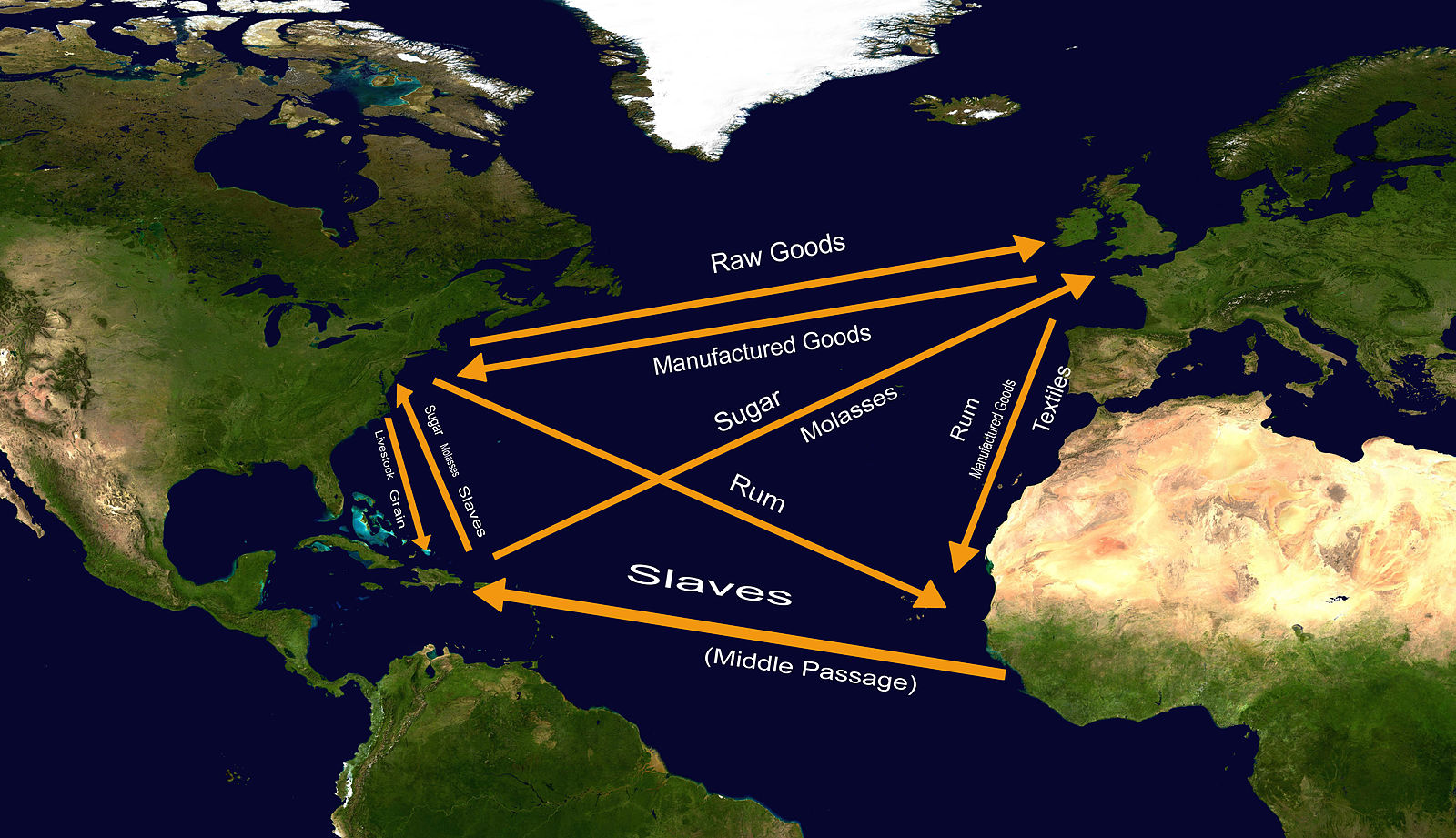Introduction

The problem for every country seeking to build an empire is labor. A single nation seeks to exploit the resources of others, but never has enough of its own people to complete the mission. Subject populations must be set to work for the victors.
The Spanish were not the first to use brutality and enslavement to build their empire, but they had to find a new way to do it. They had overwhelmed Indigenous empires, but they had not anticipated that enormous numbers of Indigenous people would be killed by European diseases. The labor force they expected to employ was devastated. Already used to working with enslaved Africans, they soon determined that forcibly importing Africans would best serve their purposes.
Thus began the “Triangle Trade” between Europe, Africa, and the Americas. By the 1700s, many other European nations, particularly England, France, and Portugal were eager to develop their own colonies and joined in human trafficking across the Atlantic. Between 1500 and 1807, roughly 15 million West Africans were brought to the Americas. The slave trade was declared illegal by England and the United States in 1807-1808. While most merchants previously involved in the trade obeyed the law, others were prepared to flout it. Illegal slave traders were considered pirates under the new laws and became cautious about bringing captives into North America. They had no qualms about operating in countries such as Cuba and Brazil, where the trade was still legal.